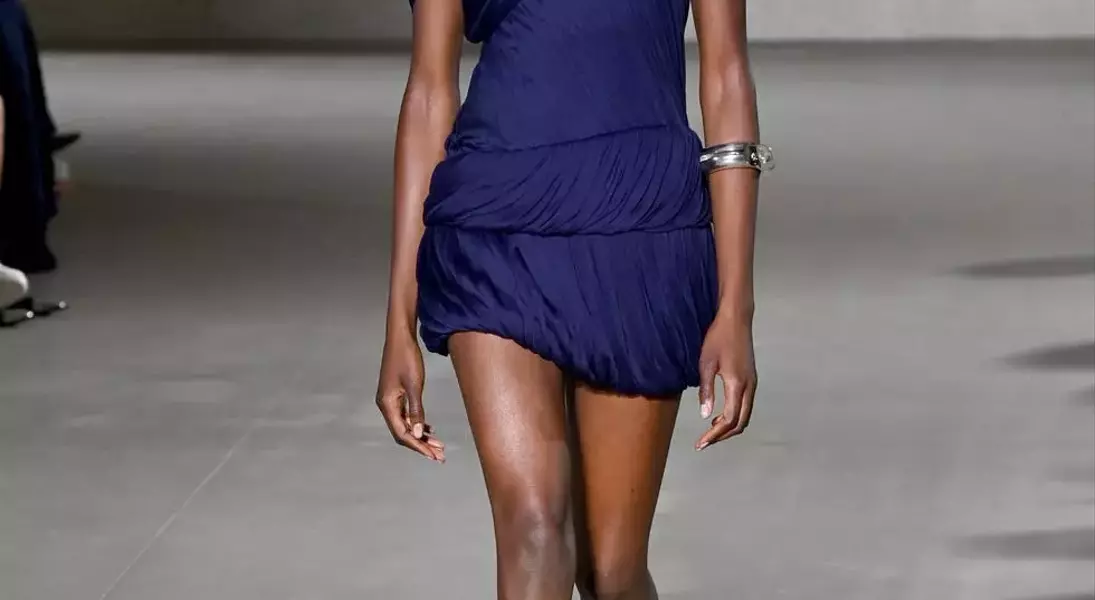

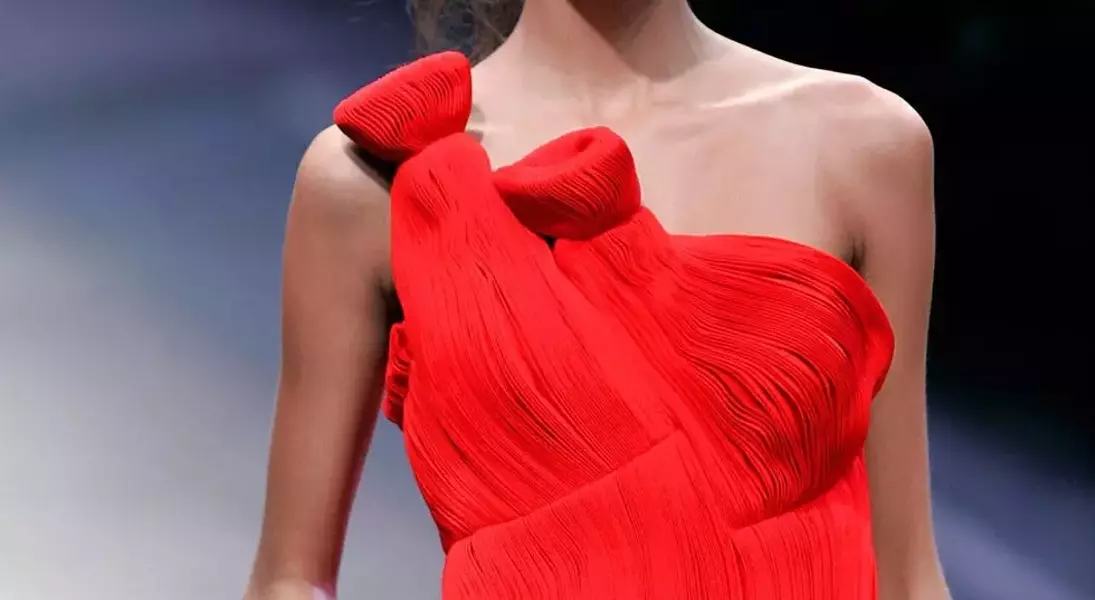
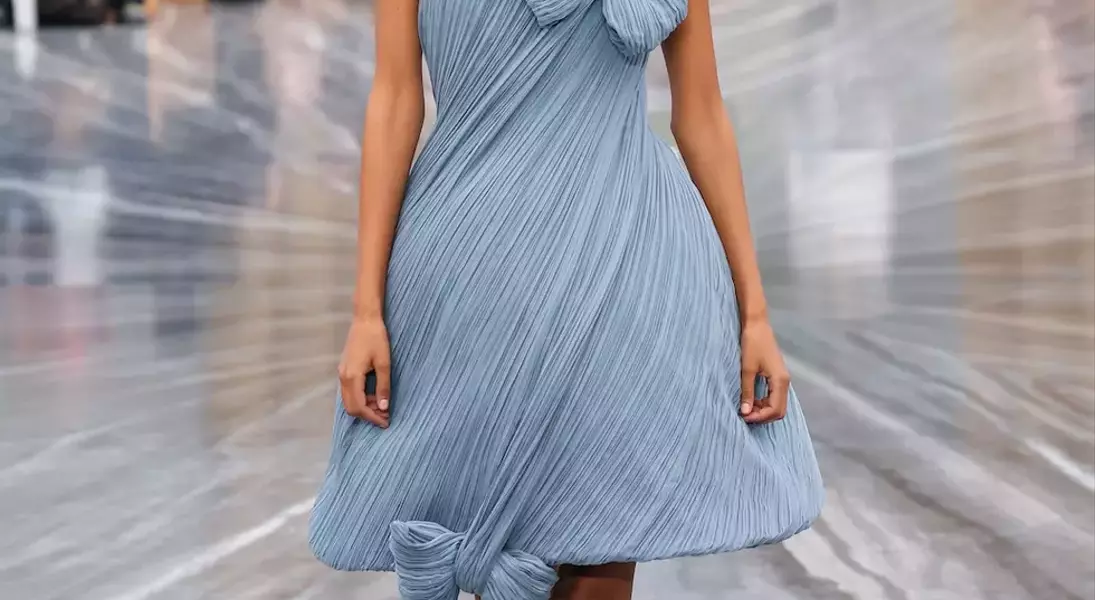
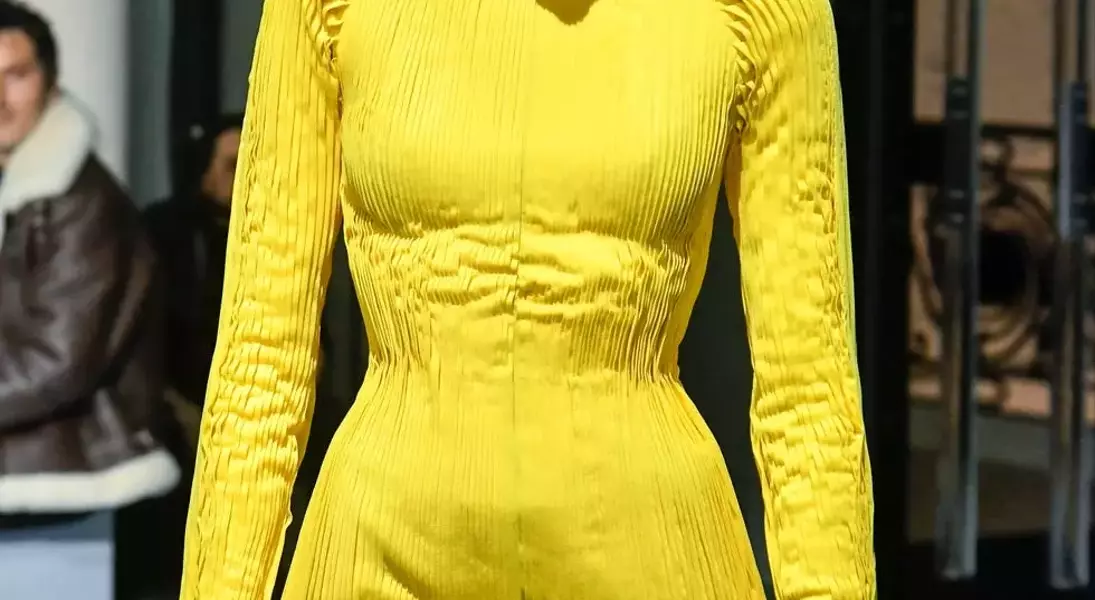
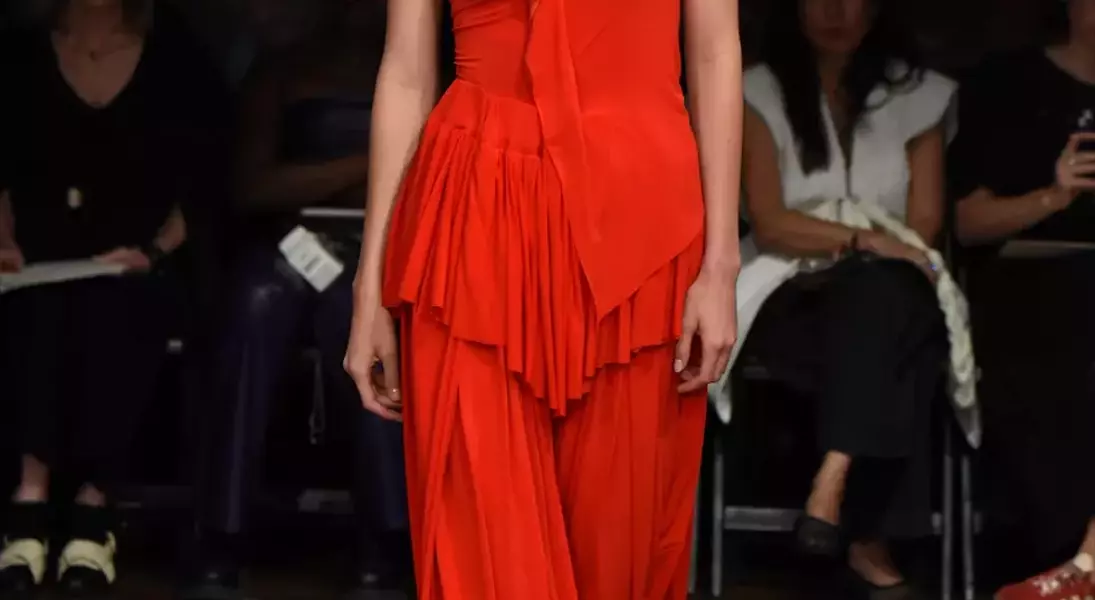


This feature delves into the lasting legacy of Madame Grès, a reclusive yet revolutionary figure in 20th-century French haute couture. Her distinctive approach to draping and pleating, deeply rooted in neoclassical aesthetics, has profoundly shaped modern fashion. From the red carpet to contemporary runway collections, her subtle yet powerful influence is evident, inspiring a multitude of designers to explore similar fluid silhouettes and intricate fabric manipulations.
Germaine Emilie Krebs, born in Paris in 1903, would later achieve renown as Madame Grès. Initially aspiring to be a sculptor, her artistic inclination found its true expression in fashion, a more conventional path for women during the interwar era. Despite her private nature, her genius was unmistakable. Fashion historian Patricia Mears highlights Grès's exceptional talent, placing her among the leading female couturiers of her time. Grès's journey began with Alix-Barton in 1933, evolving into Maison Alix in 1934, before she established her enduring brand, Madame Grès, in 1942.
Madame Grès's work was characterized by its neoclassical draping, reinterpreting ancient forms through a modern lens. She incorporated elements from diverse non-Western garments like saris, caftans, serapes, and ponchos, infusing her designs with geometric precision alongside her signature Grecian influences. While ready-to-wear gained traction, especially in America, Grès maintained a dedicated clientele in Paris for her bespoke couture. Mears describes her as a "great artisan" who was both traditional and cutting-edge, even venturing into fragrance creation, a forward-thinking business strategy. By the 1960s, Grès had achieved legendary status, standing shoulder to shoulder with fashion titans such as Cristóbal Balenciaga and Christian Dior, continuing to design until 1988 and passing away shortly before her 90th birthday in 1993.
Her impact reverberates through generations of designers. Patricia Mears points to Halston's work, with its fluid simplicity and bias-cut draping, as a direct lineage from Grès, particularly his iconic "Sarong" dress of 1976. Haider Ackermann's intricate pleating for Jean Paul Gaultier's Spring 2023 couture collection, exemplified by a canary yellow plissé gown, also showcases her enduring aesthetic. Notably, Yohji Yamamoto dedicated an entire collection to her in Spring 2005. Tory Burch, in her Spring 2024 collection, aimed for similar structured yet lightweight drapes, albeit without explicitly crediting Grès. Jonathan Anderson's Spring 2026 collection for Dior further demonstrated Grès-inspired avant-garde draping and pleats, while Pieter Mulier's designs for Alaïa echo her gravity-defying fabric artistry.
New York-based designer Marina Moscone, whose Spring 2026 collection features draped jersey dresses, recognizes Grès's mastery. She speaks of the "gestural element" in Grès's work, where the fabric itself seems to tell the story of its creation. Moscone emphasizes Grès's unparalleled ability to harmonize fabric and craft, a skill she believes is instinctively known by any discerning designer. Grès's aesthetic has permeated the fashion world, influencing both high fashion runways and mainstream trends.
Mears believes that while contemporary designers capture the "essence" of Grès, they often prioritize visual impact over the painstaking, slow-evolving techniques she employed. Grès meticulously draped each design by hand, a level of craft that is difficult to replicate in an age dominated by digital imagery and rapid production. Ashlynn Park, founder of the brand Ashlynn, experienced a profound connection to Grès's work during her time at Alexander Wang. She describes her emotional encounter with Grès's garments at the Alaïa foundation, noting their incredible lightness despite their intricate pleating and draping. Park realized that Grès achieved this by using light silk linings as a base, avoiding the restrictive boning common in her era, demonstrating a deep respect for the female form.
Grès faced challenges in the 1950s when Christian Dior's "New Look" introduced a more rigid, cinched waist silhouette. She adapted by experimenting with materials like taffeta, ballooning fabrics to create shape without resorting to corsetry. However, this transition required time and refinement. Park observes the "scientific" precision in Grès's design, comparing it to the artistry of Leonardo da Vinci, where every line and angle was meticulously calibrated for perfection. Mears further highlights the exquisite balance in Grès's creations, a level of care often absent in today's ready-to-wear. Park laments the loss of Grès's unique skill, as the designer's personal, hands-on approach meant her savoir-faire was not widely disseminated through trained ateliers. For Park, exploring Grès's techniques is akin to discovering an unknown marine species.
Mears suggests that Jennifer Lawrence's recent Dior gown, while elegant, might be more reminiscent of Jean Dessès's work due to its corseted structure beneath the draping. While corsetry has made a comeback, Grès's true innovation lay in creating flexible, comfortable garments that celebrated the female body without constraint, a philosophy echoed by designers like Moscone and Burch who prioritize natural forms over manipulation.
